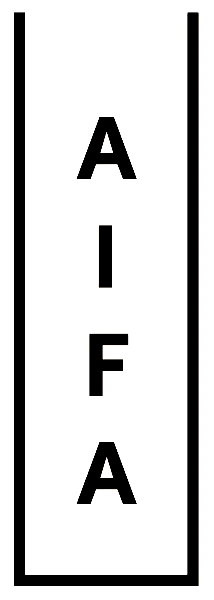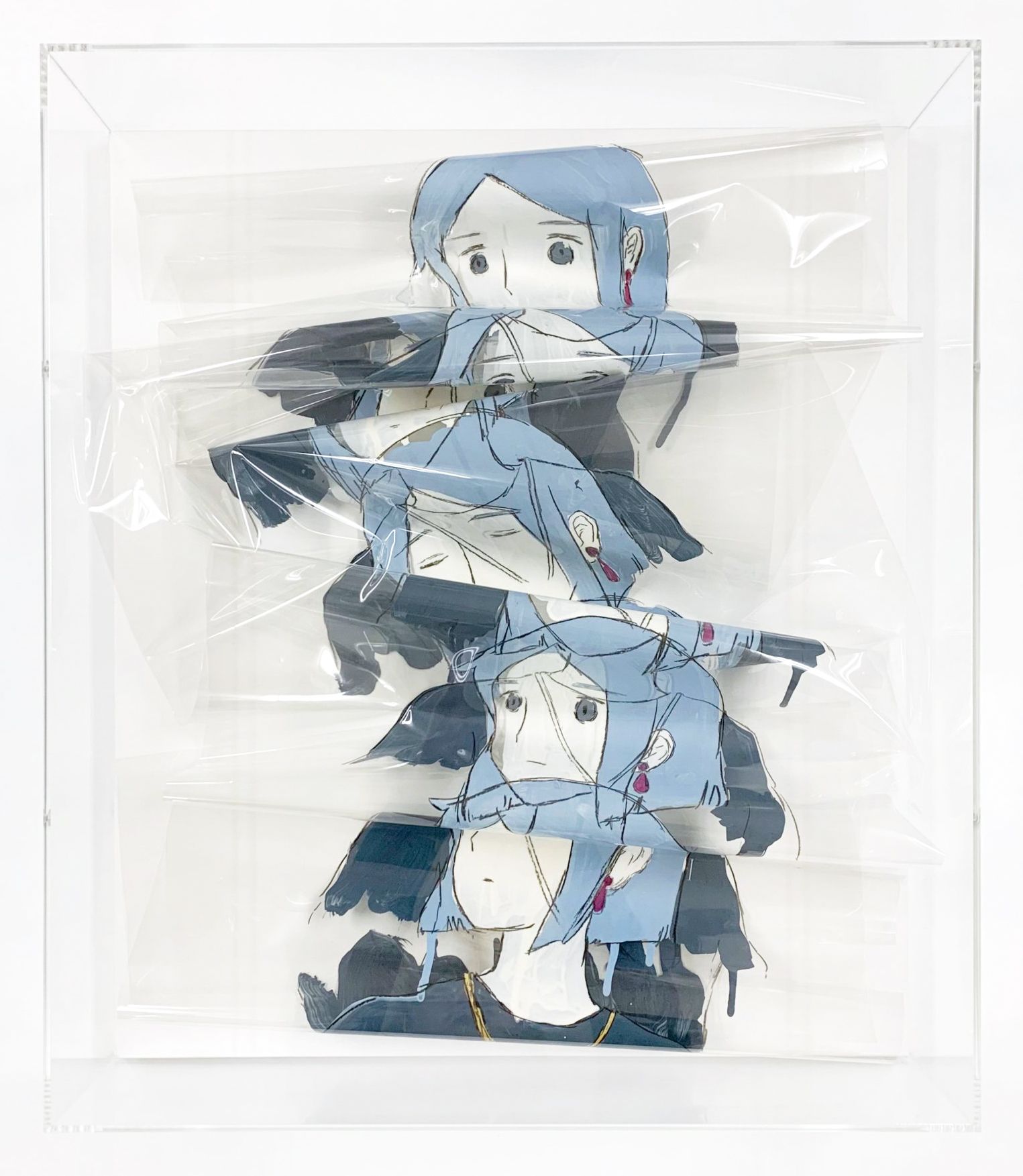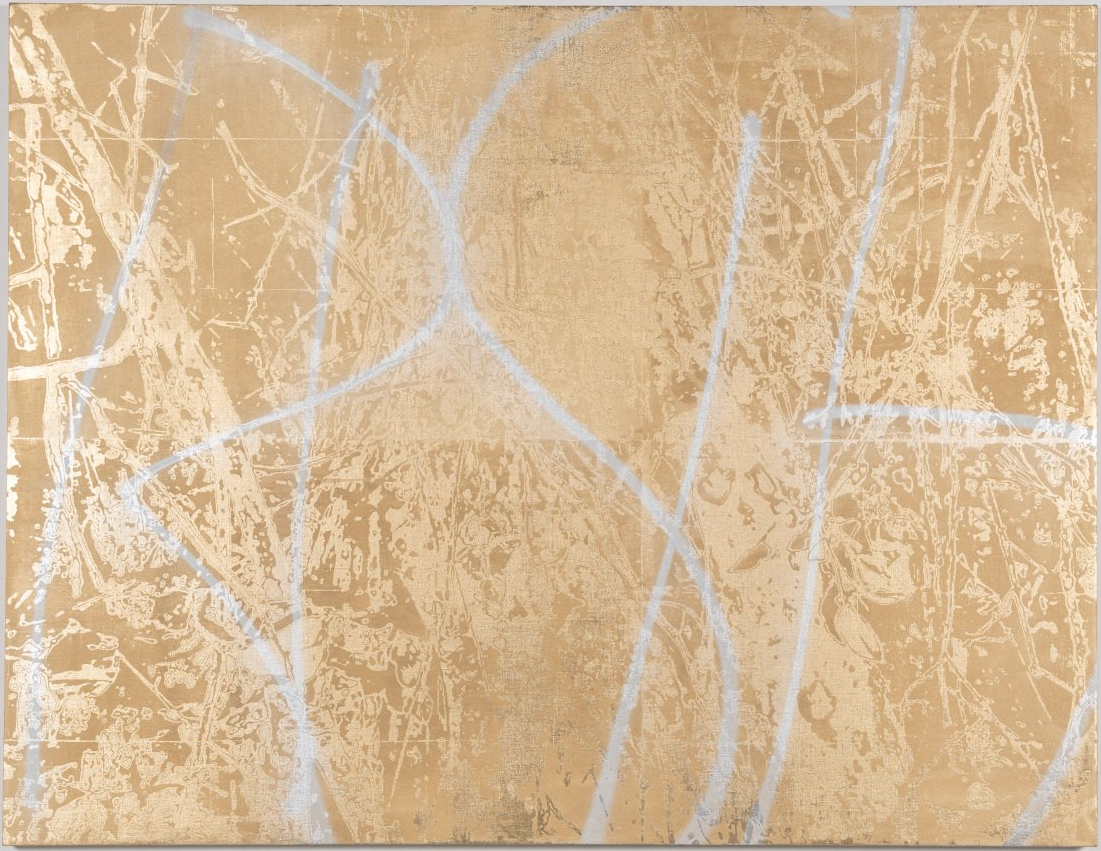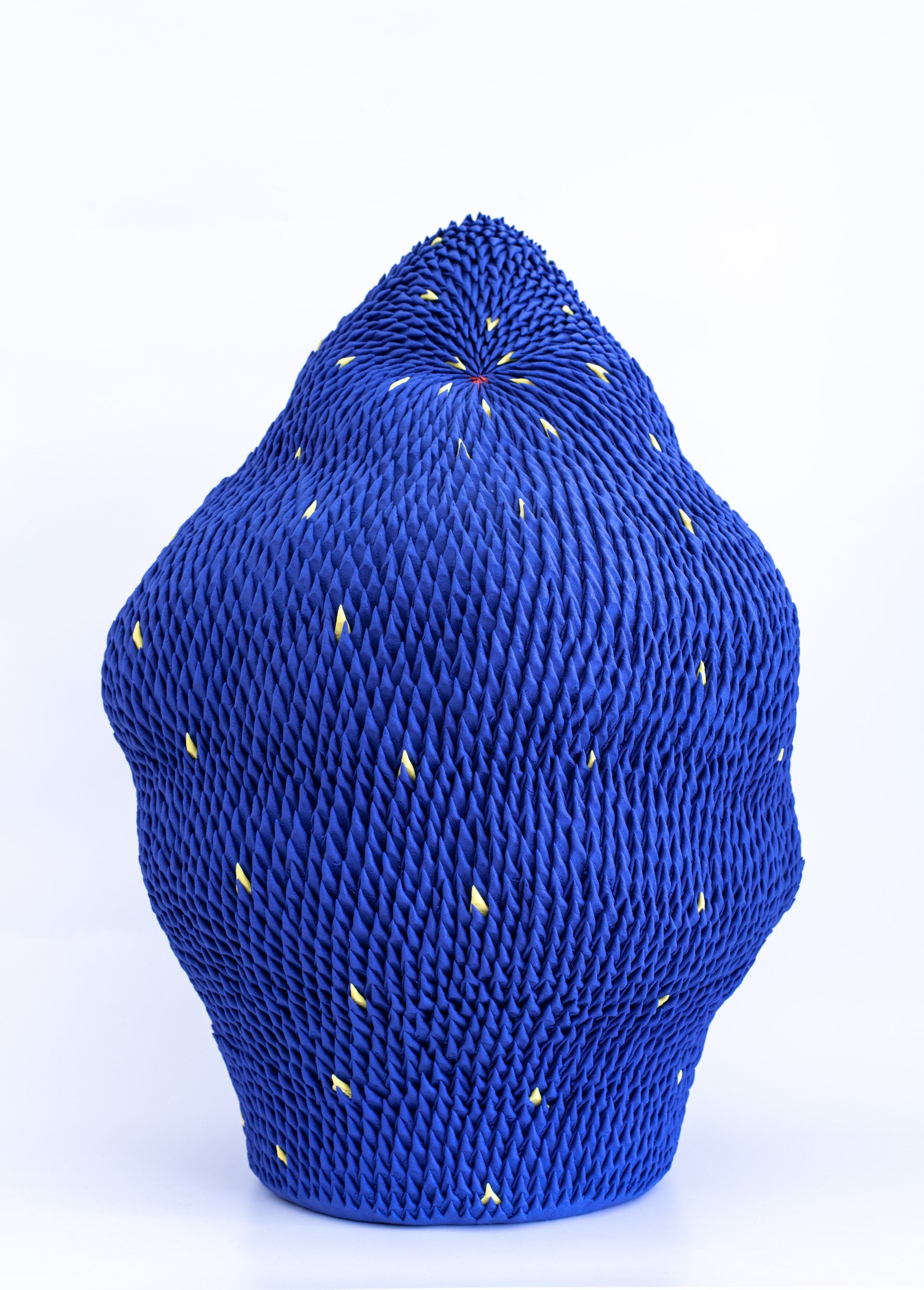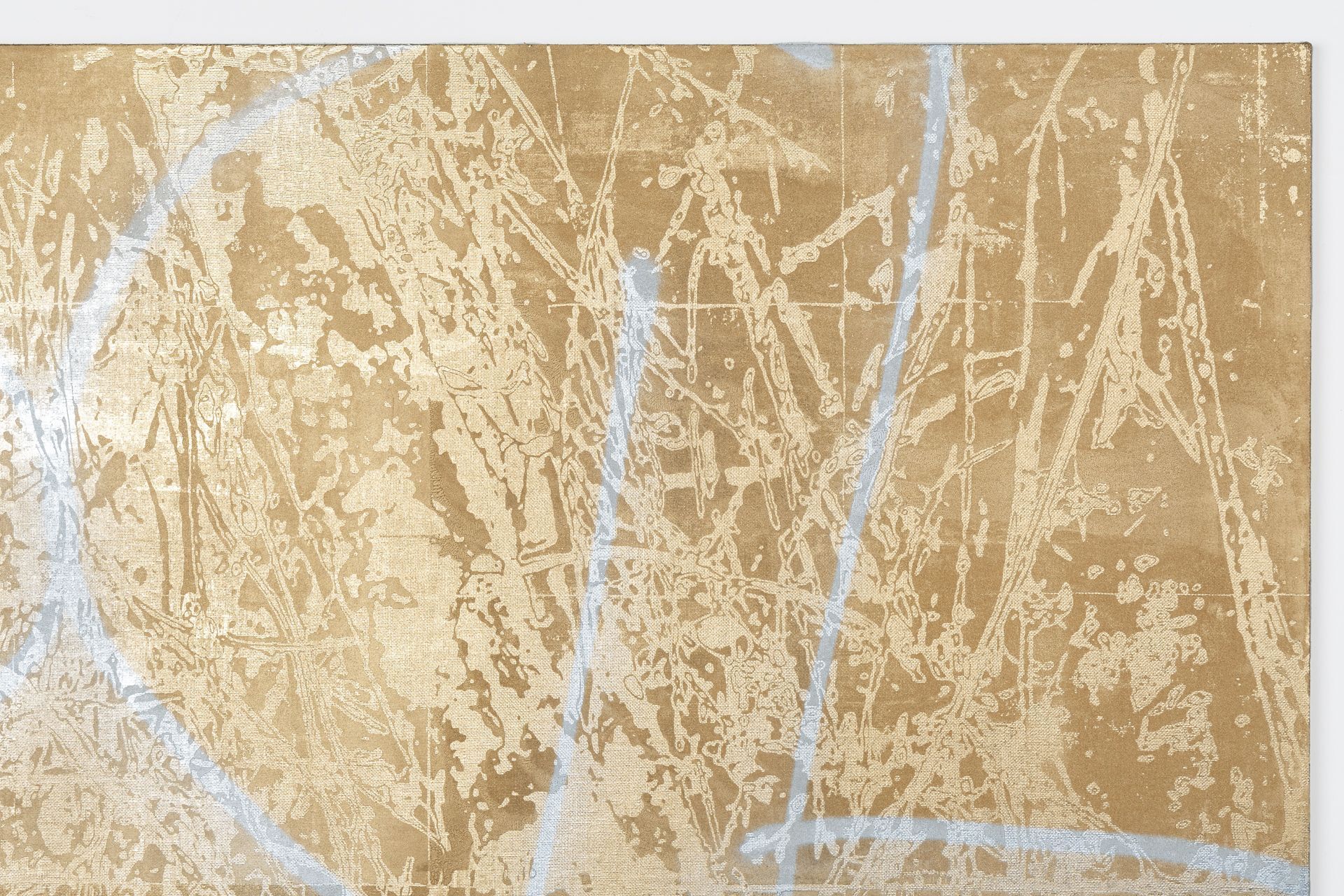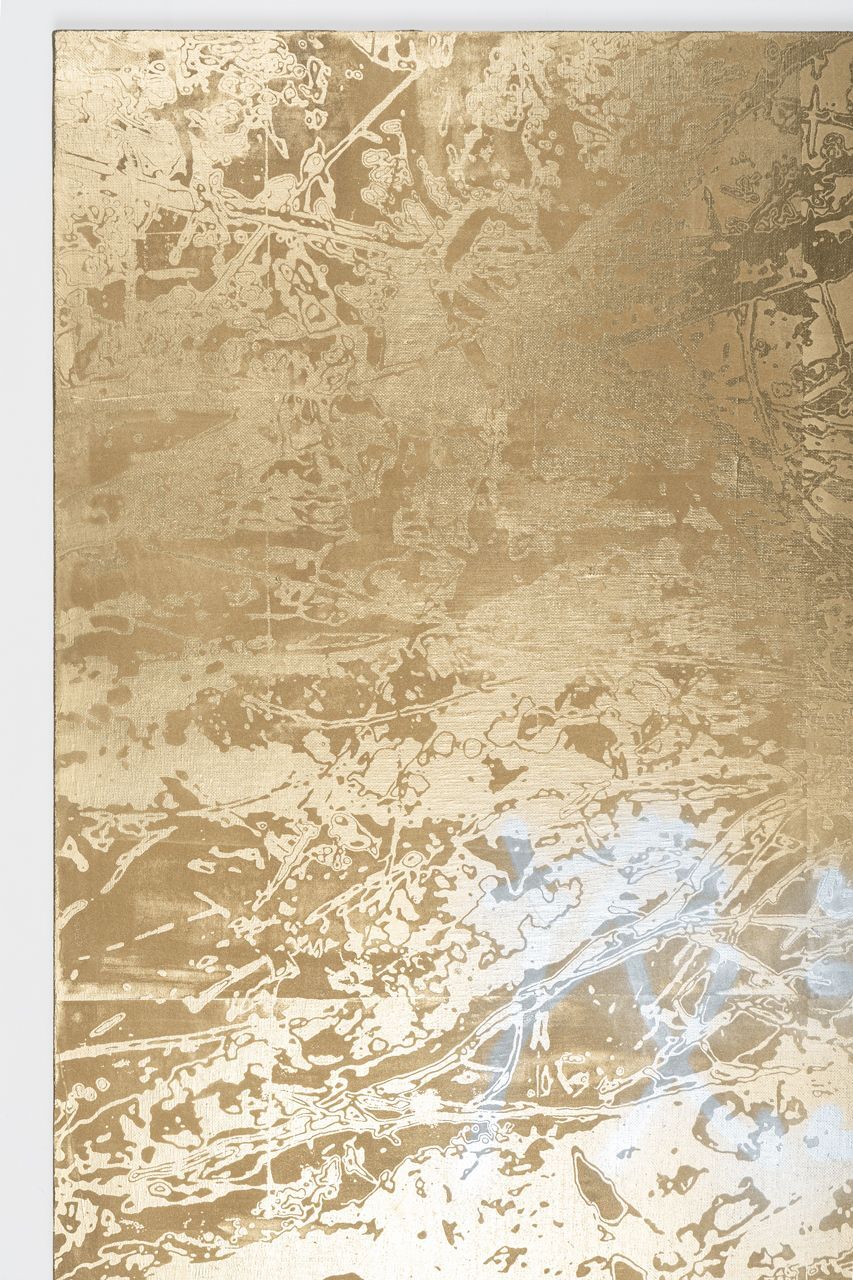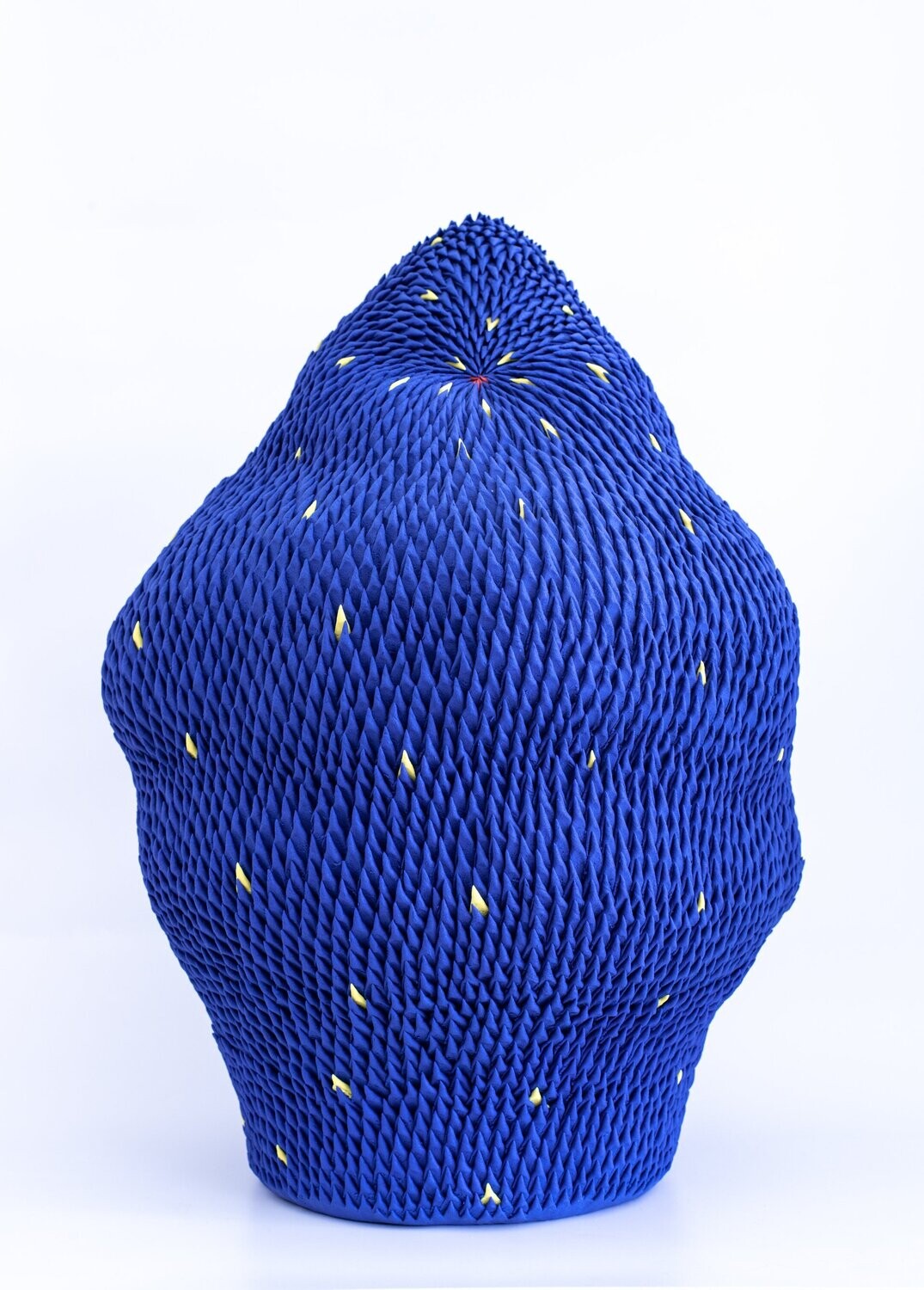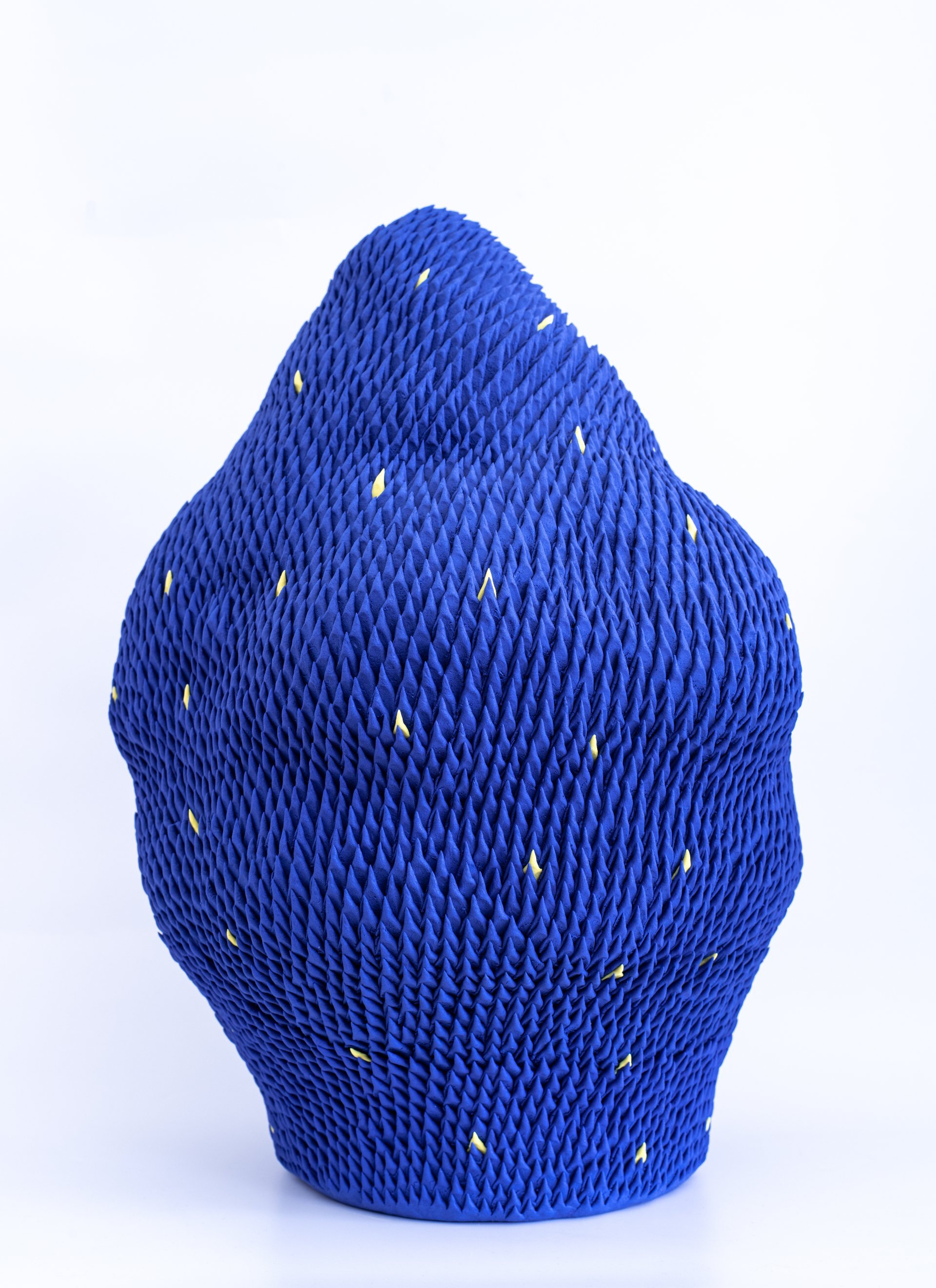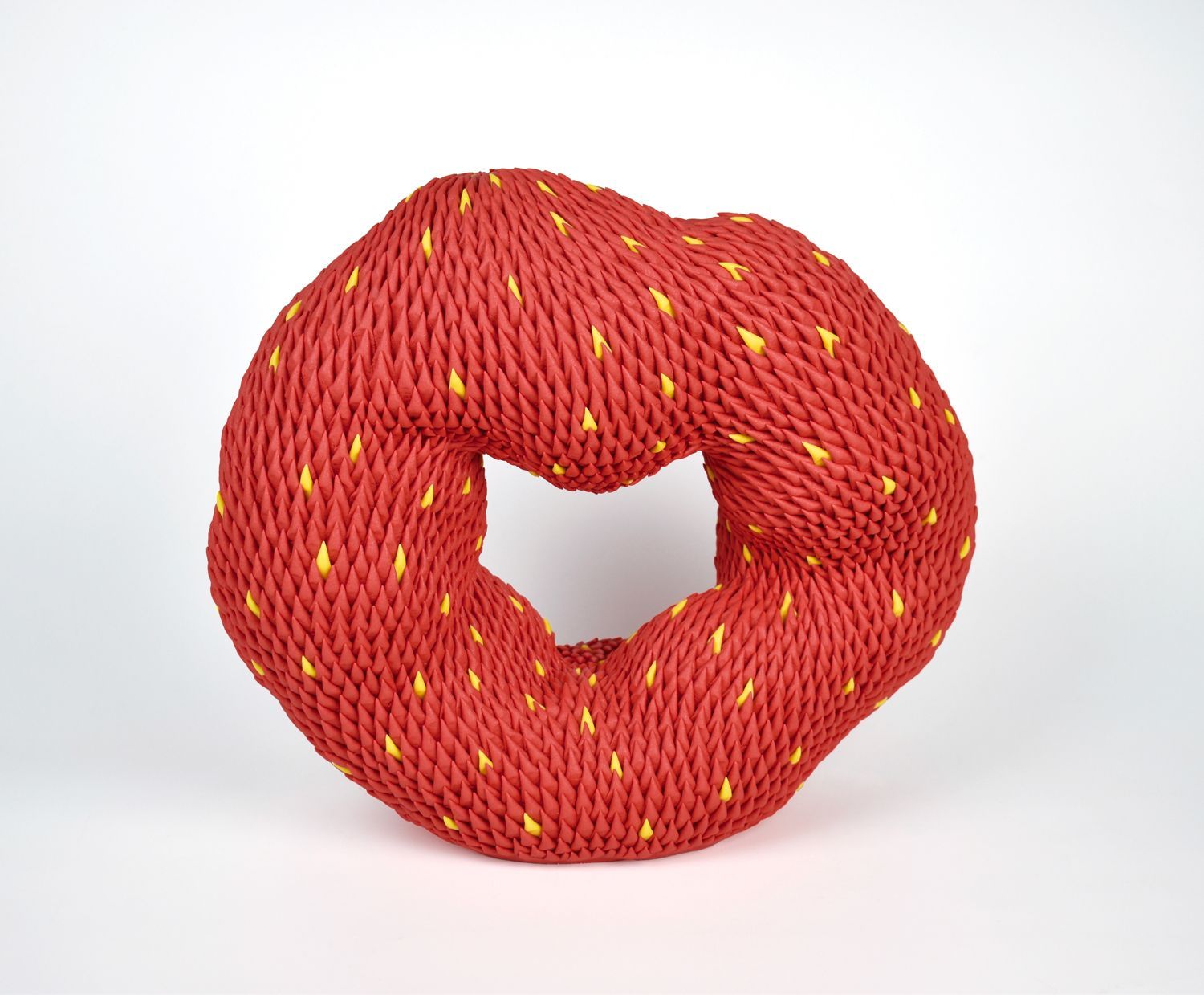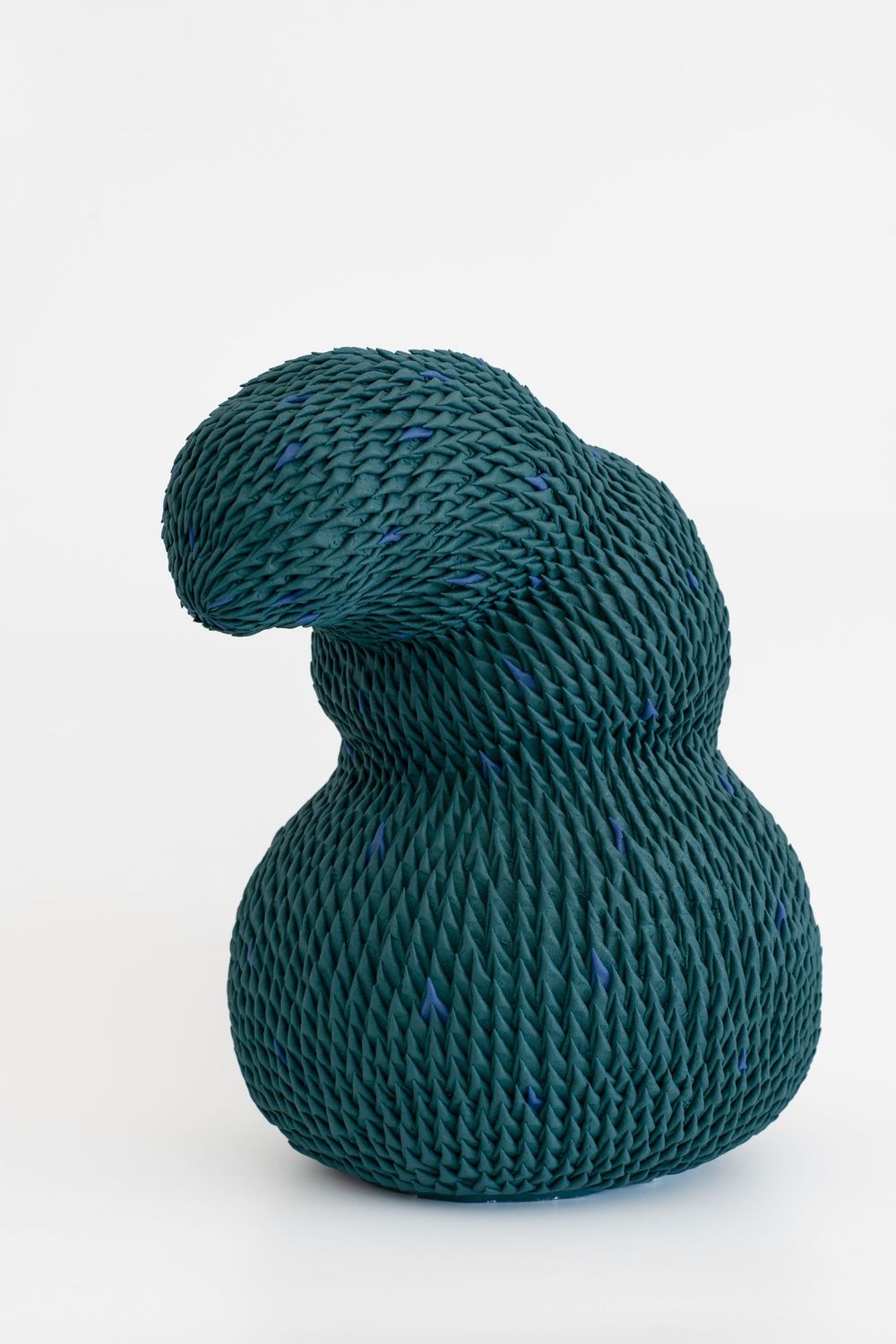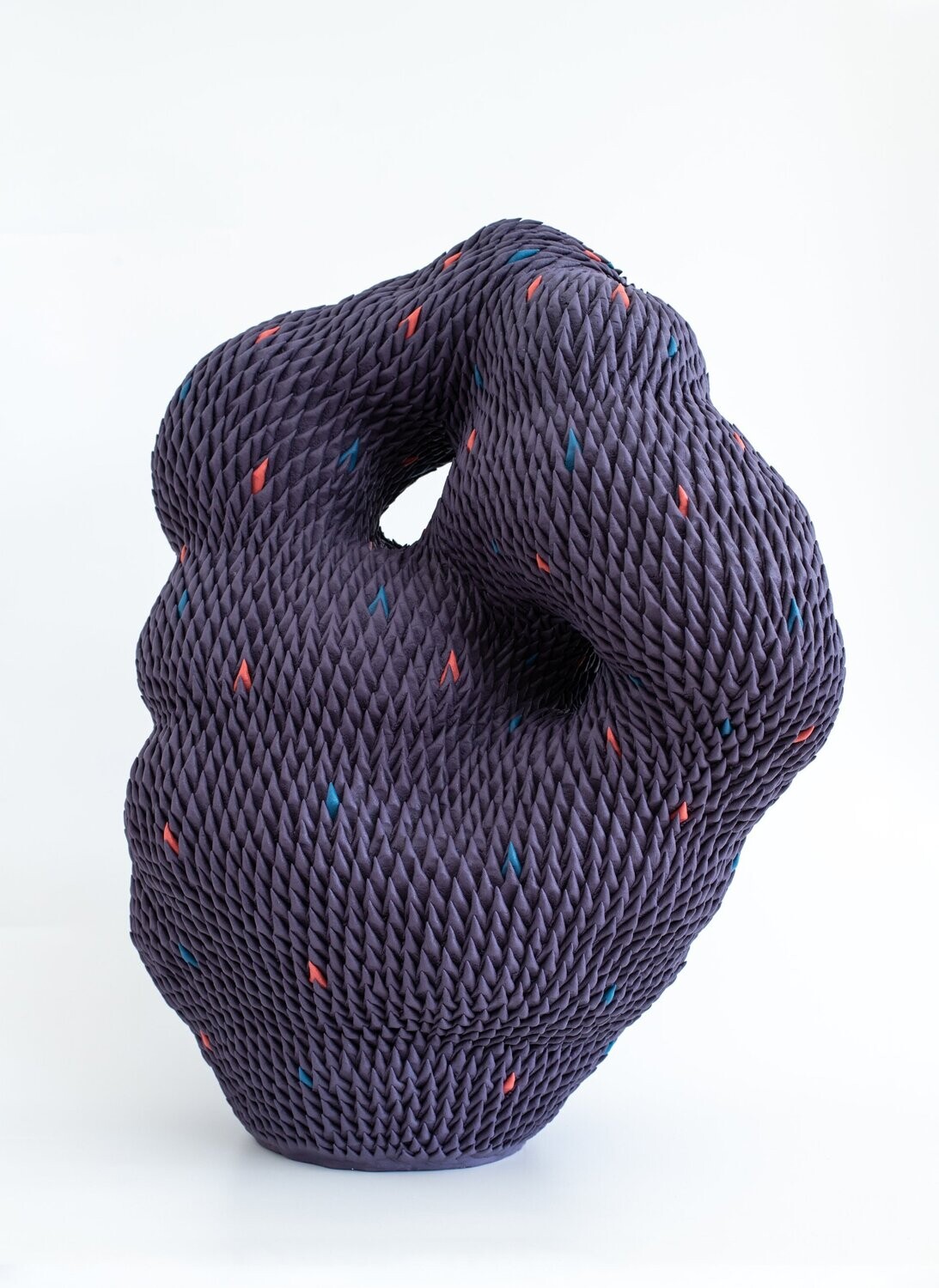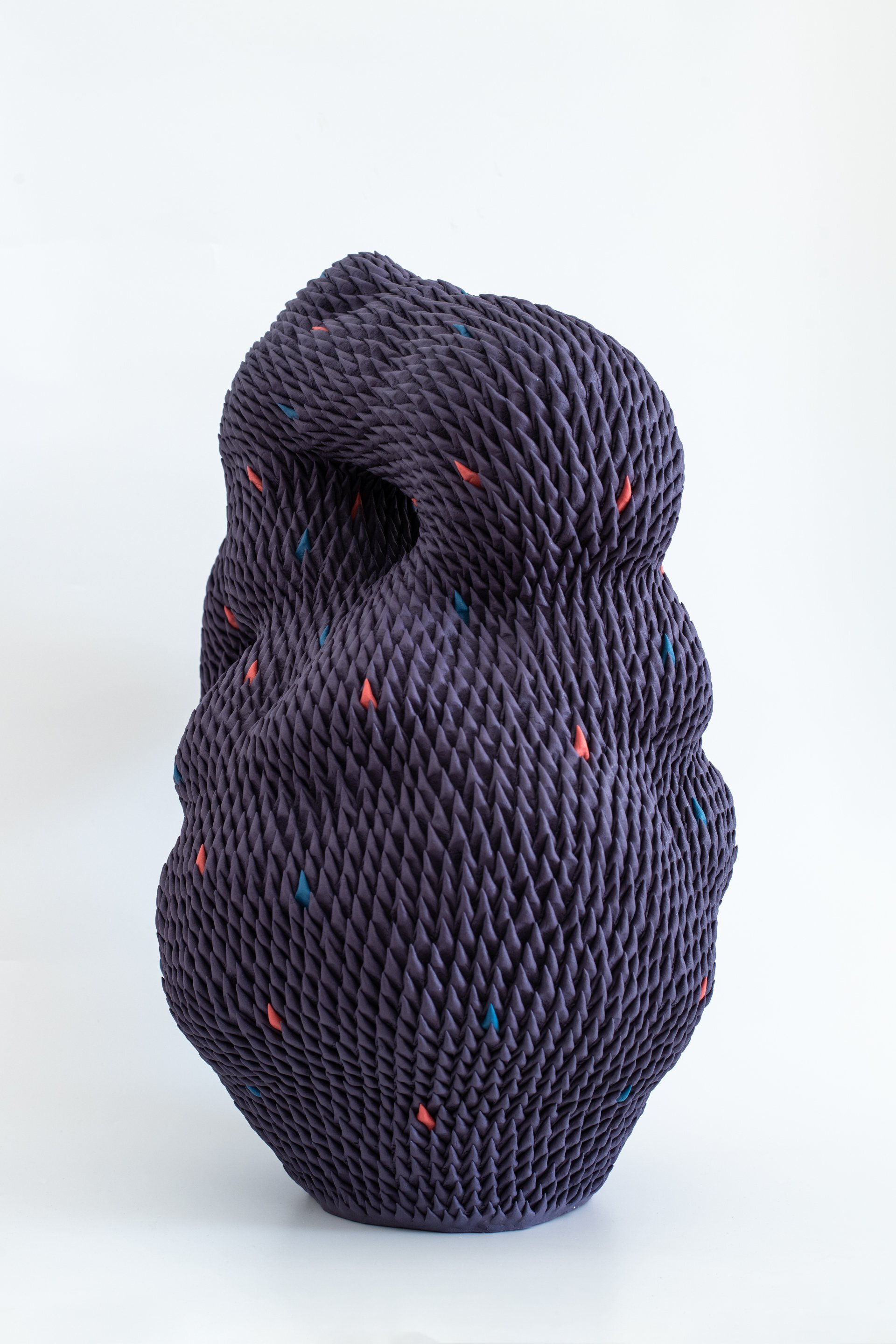Traces | Group Show
Yui Uchida | Shin Masaharu | Sayuri Ikake
21st of March 2022 – 18th of April 2022
AIFA Verbier, Switzerland
A trace may refer to the existence of something or the sign that it used to exist. As vestiges of an ancient civilisation, it suggests the outcome of any experience or learning through memory, know-how and cultural legacy; but it also alludes to a mark left on an item, something drawn or even a handprint.
This third exhibition at the Verbier art gallery features the work on different mediums from three contemporary Japanese artists and explores the theme of Traces.
Ultimately, whether by process of elimination or, to the contrary, by making them visible and part of the work, an artist by the act of creation will let his or her trace.
Yui Uchida: Animated film’s drawings | From legacy to a new mode of painting
Yui Uchida is part of the young contemporary Japanese art scene. Her artistic world is inspired by the animated films she discovered at an early age and is the result of experimentation.
Her works on transparent film paintings are a nod to cel paintings but her aim is not to preserve an artistic technique but to use it to explore a new mode of painting and to render motion within one frame. She expresses it, within a box, by the depiction and decomposition of a movement that could be compared to a sequence of an animation . She amplifies it even further by the wavy wrinkles of the polyester film that render the impression of reliefs.
On a traditional canvas painting, the artist realises the background first and finishes with the detail. Yui Uchida creates her paintings on the back of the transparent film; her technique is then reversed to standardness and may lead the viewer to discover the picture by the other side of the screen. The use of a transparent film as a visible support providing the work with its own rendering must be interpreted in perspective with traditional painting requiring the use of a support, however, this time invisible on purpose. The acrylic box is an indivisible part of the work itself and has two meanings; it first refers to a cell’s membrane without which an organism could not survive, second it is also linked to the transparent barriers erected to prevent the spread of viruses; a reference to those transparent walls preventing us to see each other’s, supposedly preserving our lives.
Shin Masaharu: Silkscreen | Erasing traces of the artist’s hand
Shin Masaharu
is part of the young contemporary Japanese art scene and but shares subject matters and contexts with artists from other countries and cultural backgrounds. He avoids being prisoner of the legacy or the cultural identity framework. His approach to art questions the significance of art in society and how it has evolved over time. He eventually manages to confound our expectations on Japanese contemporary art adding further dimensions to his artistic creation.
Art doesn’t express cultural or societal values in a straight way; instead, is a tool that allows to visually confirm changes in those values with. Artists but also authors, filmmakers, fashion designers and even culinary creators or influencers do then contribute to changing those values. Art history has a long tradition of categorizing artworks by movements, styles, geography, or epochs; as a result, one often tries to see the legacy of the country of origin of an artist.
His recent works question the value given to gold or silver in our societies both in terms of cultural tradition and intrinsic value. Therefore, in his new series called Kohama Island, Shin Masaharu uses the gold colour as the use of gold leaves reflects traditional Japanese painting. The artist but it must be seen as a criticism of the regional visual's quest which seeks to only imitate the visual tradition of its own place.
His paintings have both gold leaves patterns and mirrors motifs effects, in fact they are not the true reflection of reality but merely an illusion. Through his work the artist questions the relationship between the pattern and the painting as genuine and fake. His work also refers to the essence of a genuine painting; is it the artists physical traces left on a canvas or the reflect of his inner thought?
Creating his work using a semi-industrial method with the silkscreen process, he erases traces of the artist’s patte, however his work is also a mirror of his mind, and that is why he includes shadows of his personal memory and episodes of his private life within his creations.
Sayuri Ikake: Hands and porcelain | Blurring the borders between art and craft.
Both historically and conceptually fuelled, ceramic is a material that fascinates artists increasingly threatening the well-known diktat that makes distinction between craft and fine art. In a world where digital imagery is ever more supposed to overwhelm our everyday life, ceramic creations reconnect us with the material; a straight link to Earth.
The potter wheel with its origin going back several thousand years has soon attracted Sayuri Ikake. After years of experimentation, she developed her way of expression combining traditional techniques with her own mix of clay and pigments to create original works that are remarkable both for their shapes and their colours.
Using the potter wheel, she creates several pieces that she then combines to give birth to a form that is a translation of her mental conceptualisation and the concrete trace of her inner world. She creates thorns in her palm and then manually plug them one by one on the base, letting visible marks on her creations. With this singular technique, she is able to give movement to her artworks, and describes it as being the breathing of the shape. As essential as memory, emotion, and human senses. “If you succeed in transferring those into artwork, the purpose is met.”
Finding her inspiration in nature, her work is a meticulous combination of traditional gestures and innovative techniques that serve the purpose of expressing her belief in Eternity.
Fully integrated into the contemporary Japanese ceramic's art scene,
Sayuri Ikake
creates sculptures by reshaping tradition and heritage. Through her work we are invited to look at porcelains in an unusual way.
Artists Profiles
Liste des services
-
Yui Uchida 内田ユイ
“I paint artworks on transparent materials. It's quote from cel painting that made up the animation of the past. Since I was watching TV animation from an early age, I had a sense of familiarity with cels.
When I saw the cels sold as anime goods, I was convinced that each one was hand-painted and this is same as the painting.
I try to extend from "cel painting" to contemporary art. And I'm raising the issue the boundaries between "viewer" and "the other side of the picture" the mobility / time of the drawn image, (Fiction and reality) / distance, by using the characteristics of the transparent canvas (Acrylic plate,Polyester film)"
-
Shin Masaharu 新正春Élément de liste 2
Shin Masaharu was born in 1996 in Osaka Prefecture.
He completed the his M.A. in oil painting at the Kyoto University of the Arts in 2021. Received NONIO ART WAVE AWARD Sadaya Iwabuchi Jury Prize (2020) and Shell Art Award (2020).
Shin Masaharu is part of the young contemporary Japanese art scene and but shares subject matters and contexts with artists from other countries and cultural backgrounds. He avoids being prisoner of the legacy or the cultural identity framework. Shin Masaharu’s approach to art questions the significance of art in society and how it has evolved over time. He eventually manages to confound our expectations of Japanese contemporary art adding further dimensions to his artistic creation.
-
Sayuri Ikake 井掛紗百合Élément de liste 4
Sayuri Ikake was born in 1990 in Osaka, Japan.
Advised by her family and friends who detected her artistic capabilities at an early stage, Sayuri applied for the prestigious Kobe Design and Art University cursus in 2009.
Movement is essential to Sayuri’s work, representing the breathing of the shape, its connection to reality. As essential as memory, emotion and human senses. “If you succeed in transferring those into art work, the purpose is met.”
List of Artworks
